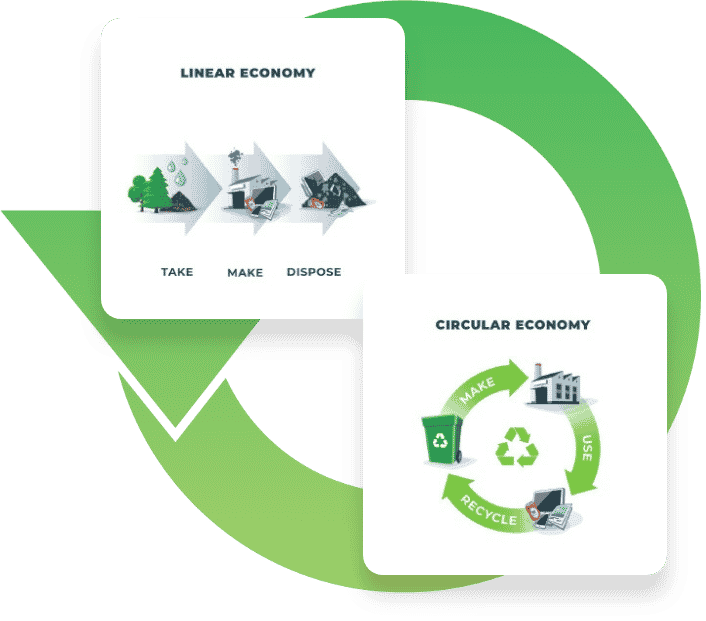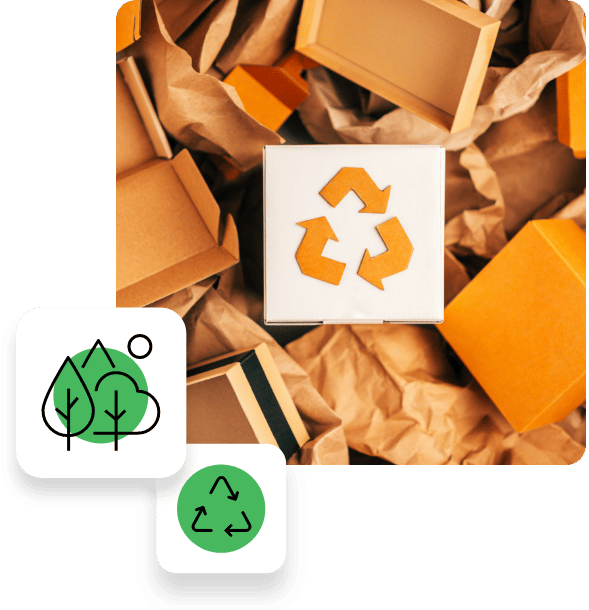Smarter Returns for a Better Planet
ReverseLogix gives organizations the tools to sustainably manage returned goods.
With an eye on minimizing their environmental impact, companies across industries are rethinking how to efficiently manage returns while maximizing resell, repair and recycle opportunities. New breakthroughs in data analytics are driving the best way to improve sustainability of returns—and how to avoid them in the first place.












